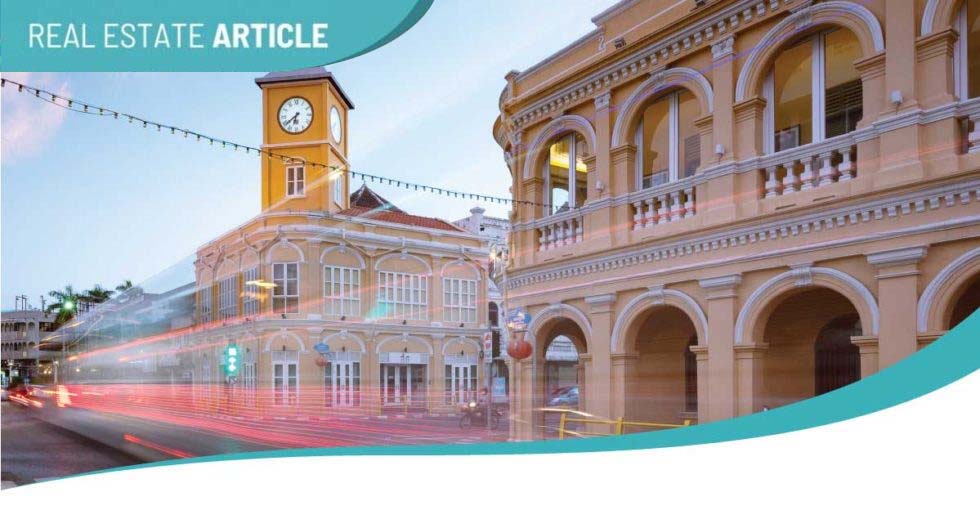
Approximately 1,000 kilometers away from Bangkok, the capital of Thailand, Phuket is located on the southwest coast of the Southern part of the country. It is known as the largest island in Thailand. Beautiful beaches, picturesque coastlines, tropical weather all year round, great Thai food and chilling lifestyle, Phuket has become a famous destination to call home for many foreigners and to invest in for many people. Phuket is also attached to the mainland by Sarasin Bridge, making it easy to visit Phang Nga, Krabi or even Bangkok, and is an excellent base to visit Phuket’s adjoining islands by boat.
We have an essential guide to living in Phuket for you as a point of reference for self-preparation prior to moving to this beautiful tropical island.
1. Climate
The climate of Phuket is tropical, warm all year round, with a rainy season because of the Southwest monsoon from May to October. Between December and March, it is generally considered the most suitable time to visit Phuket as the rain brings the humidity out of the air, and the cool currents make everything more comfortable.
Temperature in Phuket ranges between 25 and 35 Degrees Celsius. There are 2 typical seasons on the island, dry season and rainy season, which are divided by tropical monsoon – the winds that blow from the Northeast for the first 6 months approximately, then reverse and blow from the Southwest for the rest of the year, producing a dry and a wet season. Dry season begins from December to March, which is the high season for tourism in Phuket. Then, the transitional period starts and continues for a month or so. Rainy season begins in May until October. This period is Phuket’s low season.
2. Daily life
3. Schools and educational facilities
Phuket provides excellent learning opportunities that prepare children with knowledge and skills needed for further education. There is a wide selection of schools in Phuket ranging from public schools to private schools located across the island. An English Program for students is available in many public and private schools as well as the standard Thai curriculum. Examples of schools are Satree Phuket School, Phuket Witayalai School, Headstart International School, British International School, United World College Thailand etc.
4. Transportation
Phuket International Airport is located to the north of the island. Travelling around main areas is convenient and safe for expats and residents. Motorcycles, cars, taxis, Tuk-Tuks and local buses are common modes of transportation and popular among commuters. Cars are driven on the left-hand side of the road in Thailand. Main road networks and highways are very good in general however traffic can get congested during peak hours in the morning and early evening. An international driving license is crucially required. With regards to trains, there is no direct rail service to and from Phuket. The closest train station is located in Surat Thani province.
5. Getting to Phuket
Regular flights manage daily from Phuket to Bangkok with an expedition time of just one and a half hours. Phuket is also a hub for global travel. There are regular direct flights to many international destinations across the region, including China, Hong Kong, Singapore, and even further to Australia, the Middle East, Russia, and some European countries. This connectivity opens up Phuket to travelers, investors, and immigrants worldwide.
6. A perfect home
We offer a personalized experience in all aspects of real estate from sales to rental, and property to land investment. We understand that your time and energy are valuable. Rather than offering what we think you need, we listen to you and work professionally on your behalf.
Please let us know how we can help you.
Line: @sandseaphuket
Facebook: @sandseaphuketrealestate
